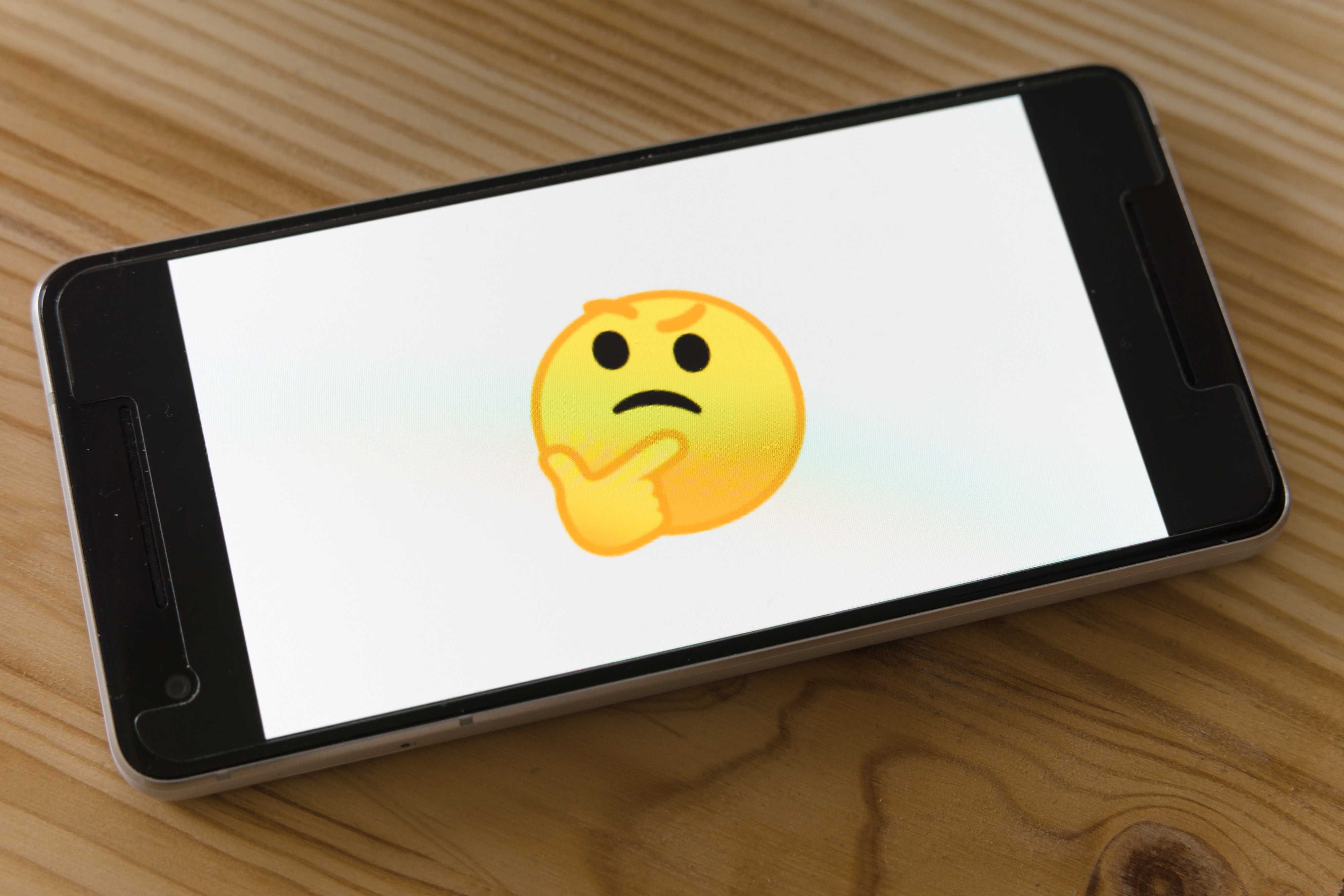Do we need more medical emojis?
Medical Pharmaceutical Translations • Oct 11, 2021 12:00:00 AM

In 2020, the Unicode Consortium released realistic-looking heart and lung emojis. For Dr. Shuhan He, that’s just a start.
Dr. He, who helped design those anatomical emojis, wants more organ emojis to be accepted by the Unicode Consortium, not to mention additional medicine-related emojis like a pill pack and IV bag.
In a recent JAMA opinion piece, Dr. He and his colleagues advocate not only for the creation of additional medical emojis, but establishing a standard for their use in medical communication.
These ideas aren’t without merit, and certainly aren’t about being trendy. As we covered in a previous article, emojis can be a useful way to communicate with patients, including disabled patients or those who have limited language skills.
Emojis can also be helpful in medical communication because most of us just respond to them - they get our attention, catch our eye, and may stay longer in our minds.
You may be thinking, “Why emojis and not just symbols in general?” Emojis are internationally known, so they’re easier for patients and doctors to recognize quickly, which is especially helpful in an emergency situation. And anyone with a phone, computer, tablet, or similar device, has easy access to them.
For Dr. He, all of these are reasons why it would be helpful to have more medical emojis. Still, using medical emojis, especially anatomically correct ones, also raises some questions. For one, as Jennifer 8 Lee, vice-chair of the Unicode Emoji Subcommittee and co-author of He’s article concedes, most people may not be able to recognize less distinctive and well-known organs -- would the average person be able to tell the difference, for instance, between the pancreas and the liver?
While this may mean that less recognizable organs are unlikely to be used in text messages or on social media, having additional organ and medical emojis may help, on the other hand, with patient instructions.
Studies have shown that people tend to pay better attention to directions if there are symbols involved. Medical emojis could be used to sum up particular instructions, catch patients’ attention, and stay in their memories longer. This could include organ emojis, in cases where patients are already familiar with what a particular organ looks like.
For instance, if a patient is prescribed a number of different medications in different forms for different issues, their doctor could print out written instructions and include the form and function of each treatment in emoji form as well (a pill emoji followed by a liver emoji, a pill emoji followed by a heart emoji, a liquid medicine bottle followed by the stomach, etc.), as a quick reminder.
With solid arguments on both sides of the debate, it will be interesting to see if the Unicode Consortium ultimately decides to make more medical emojis available to the public.
And as emojis become increasingly ubiquitous, it will also be interesting to see if medical professionals start incorporating the ones we already have into prescriptions and patient education material.
Contact Our Writer – Alysa Salzberg
